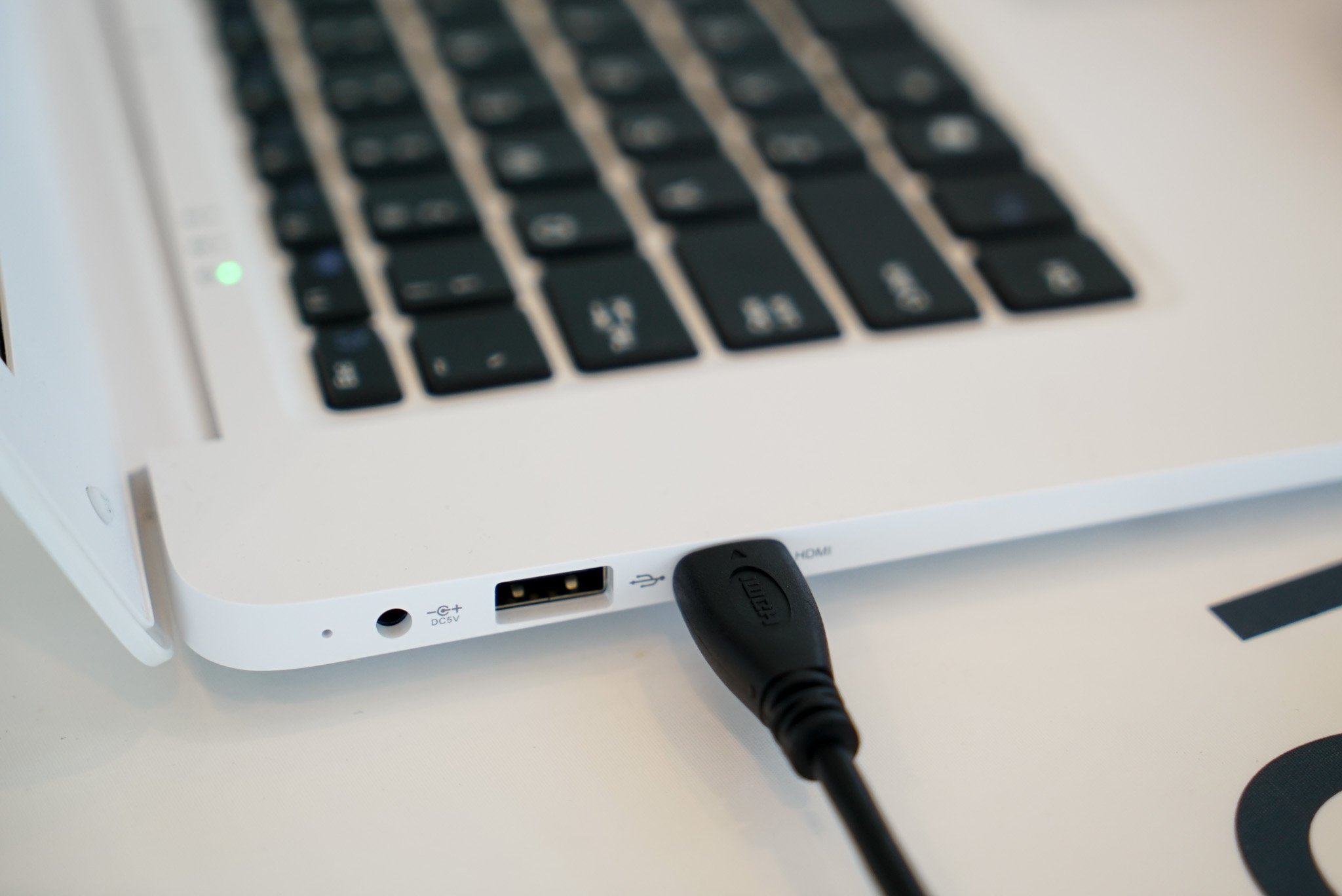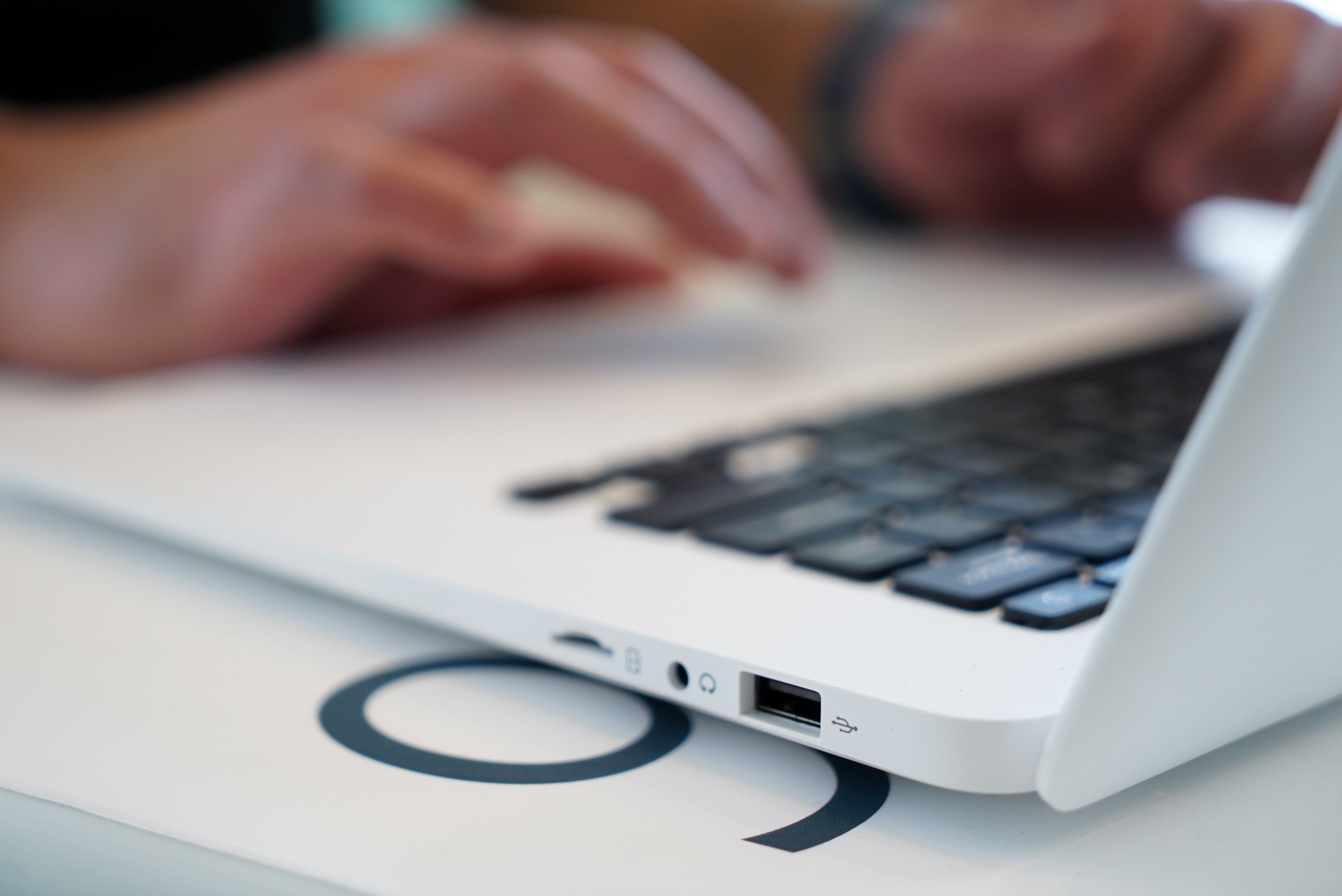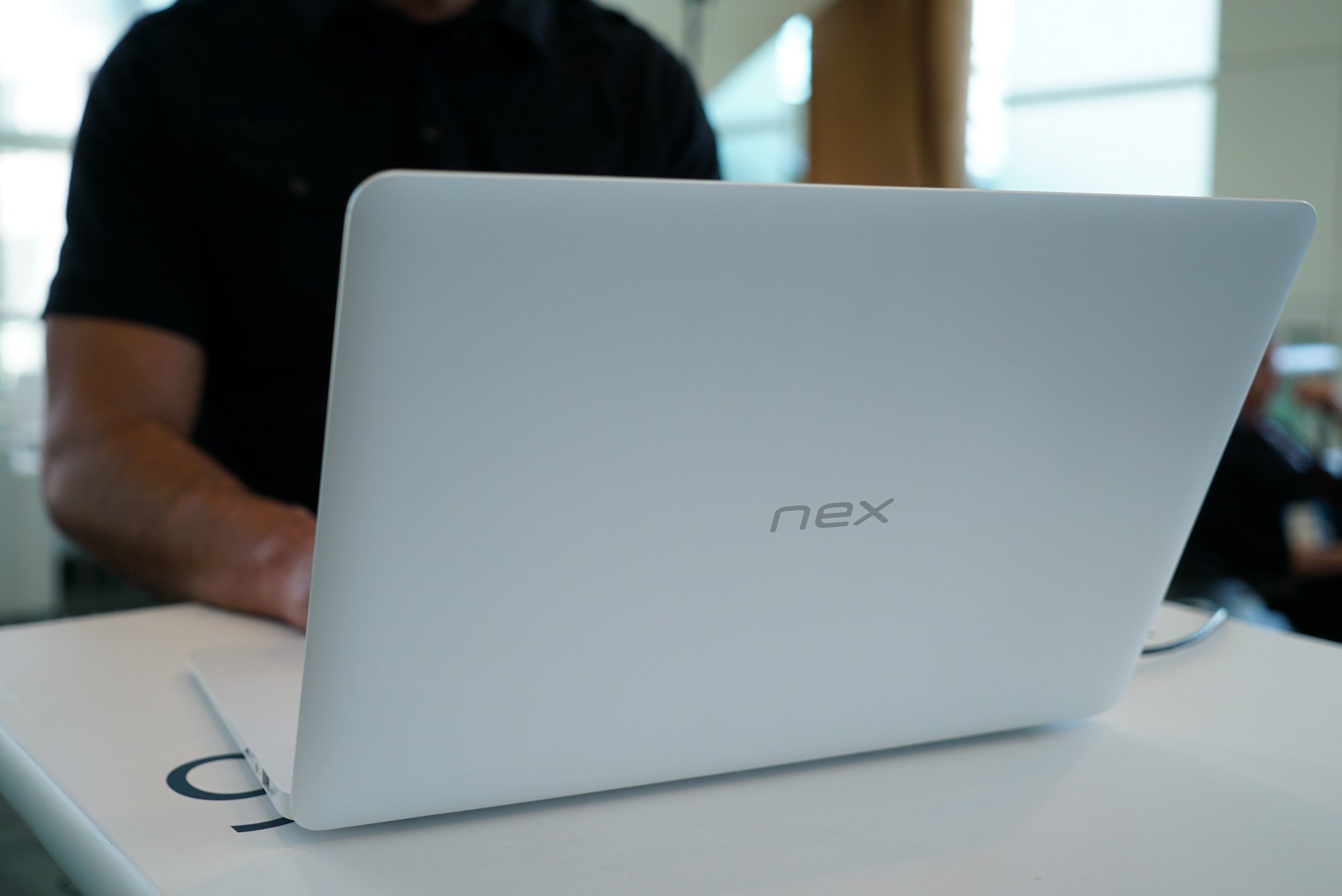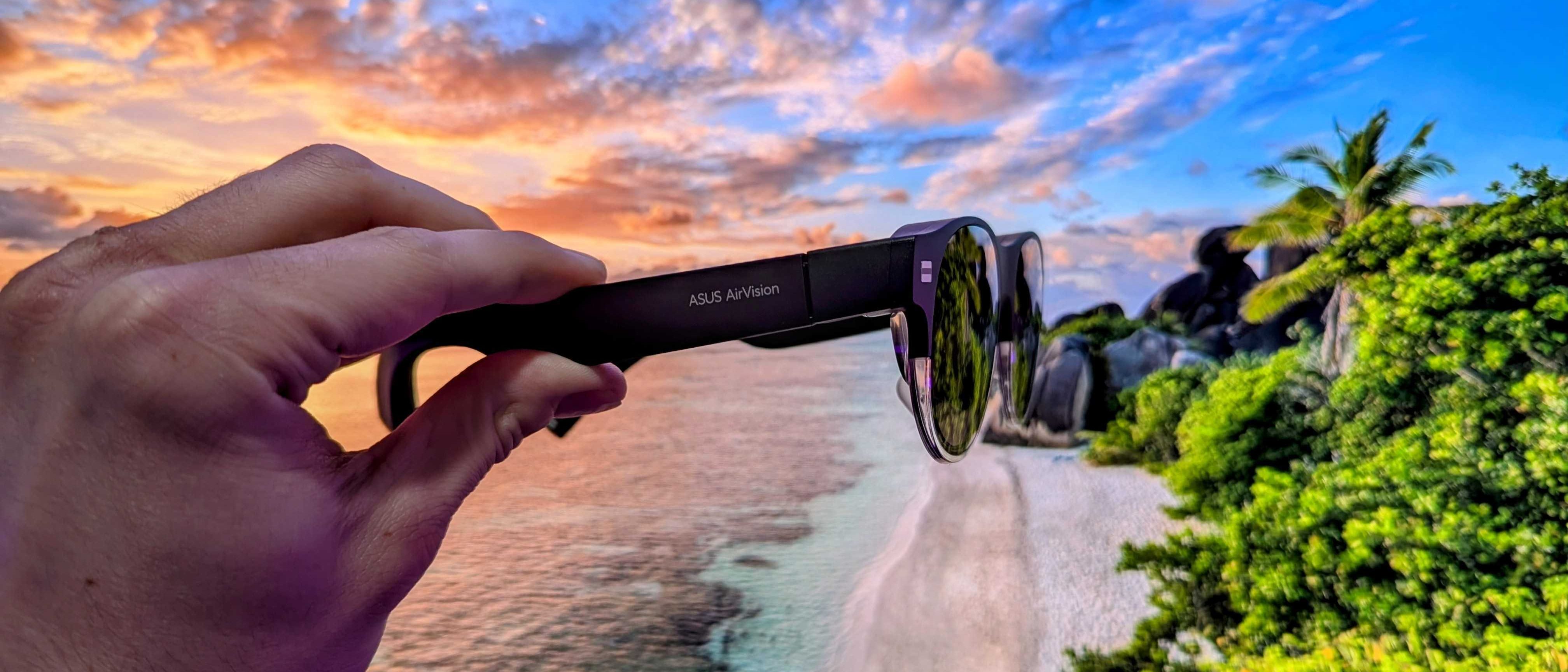Hands-on with NexDock and Continuum with Windows 10 Mobile

One of the benefits of being at Build is you get to run into all sorts of people and companies. We happened to get in touch with NexDock, who let us grab an early look at their upcoming Continuum-inspired 'laptop'.
If you recall, NexDock is an Indiegogo project that costs $99 and acts a dummy terminal for Continuum with Windows 10 Mobile, PC on a stick (USB), and Raspberry Pi devices. You should think of NexDock as a low-cost laptop that is missing a processor but sports a bigger battery.
Thoughts on using NexDock
NexDock and Continuum is a lot like HoloLens: new ideas and new concepts in the early stages. Keep in mind that NexDock only costs $99 and if you keep your expectations in line with that it is not a bad experience.
NexDock works with Continuum-enabled devices like the Lumia 950 and Lumia 950 XL through an HDMI connection. Users will need an off-the-shelf USB Type-C to HDMI converter to make the connection. If you want to use the trackpad on the NexDock (optional) you pair it using the phone's Bluetooth.

The NexDock itself is a not-too-light, but not-too-heavy all matte device with a ho-hum matte display. Remember, folks $99. The 10,000 mAh battery is rather huge especially when you bear in mind that the NexDock doesn't do any actual processing. It just acts a dummy display with a low-energy Bluetooth connection.
In addition to HDMI, the NexDock features two USB ports with one being able to output an impressive two amps. That output is so that connected devices can be fully powered (or recharge) and is a nice touch. There is a USB camera too, but that won't work through Continuum in its present form.

Typing was okay and is dependent on how good your Bluetooth connection is along with (hopefully) no interference. There is the occasional lag, but all of that is on Microsoft and the experience of using Continuum rather than NexDock as there is no "processing" going on from their end.
Get the Windows Central Newsletter
All the latest news, reviews, and guides for Windows and Xbox diehards.
Worth the cost?
Unless you got the NexDock as an early-bird Indiegogo backer ($79), you are looking at a $99 purchase although Indiegogo is now up to $119. The experience is quite far from a full-on laptop replacement, but you can't help and see how all of this Continuum and Windows 10 Mobile thing is coming together.
Ideally, the NexDock would have had a Type-C connector, which would have been preferred due to the near lagless experience and the ability charge the phone at the same time. However, for now, the company wanted to open up NexDock to other devices like the tablets, Raspberry Pi and so-called PCs on a stick (like the one from Lenovo). Later, other versions may come out with Type-C if the Indiegogo project proves to be successful.

For the money it is hard to be too critical of such a device. You are getting a decently sized display, keyboard and a big battery (you could use a dongle with Type-C and HDMI, which would let you charge and stream at the same time). The display is washed, not very bright and very matte, but it also gets the job done.
For those looking for a low-cost computing experience with a full keyboard, the NexDock may prove to be a viable purchase. I think we're still a year or two out from the whole Continuum and Windows 10 Mobile vision realizing its full potential, but every new paradigm needs to start somewhere, and NexDock could go down as one of the first on that path. We're likely to see other devices that do the same with higher specs and price points, but for now, NexDock looks to be a fun way to dabble in the future of modular and expansive mobile computing.
Assuming the Indiegogo campaign gets funded expect NexDock to start shipping in June. We have one on order ourselves and will follow up when they start shipping.
Let us know what you think of NexDock in comments and whether you have ordered one or are thinking of doing so!

Daniel Rubino is the Editor-in-chief of Windows Central. He is also the head reviewer, podcast co-host, and analyst. He has been covering Microsoft since 2007 when this site was called WMExperts (and later Windows Phone Central). His interests include Windows, laptops, next-gen computing, and wearable tech. He has reviewed laptops for over 10 years and is particularly fond of 2-in-1 convertibles, Arm64 processors, new form factors, and thin-and-light PCs. Before all this tech stuff, he worked on a Ph.D. in linguistics, performed polysomnographs in NYC, and was a motion-picture operator for 17 years.
